Why Israel-Palestine war 126 years in the making
War in Israel broke out when Hamas Jihadists launched a full-scale invasion from the Gaza Strip, but the flames of conflict were stoked after the end of World War II. Here’s how.
World
Don't miss out on the headlines from World. Followed categories will be added to My News.
Seventy-five years ago, Israel was born as the homeland for the Jewish people in the wake of the Holocaust, the Nazi genocide of six million Jews in World War II.
The dawn of the new state triggered rejoicing among Jewish immigrants to Palestine, but spelt mass displacement and suffering for their Palestinian Arab neighbours, triggering a conflict that has defined Israel ever since.
Here are 12 key dates in the country’s history:
1897: The beginning of the modern Zionist movement
Jewish journalist and political activist Theodor Herzl - considered the father of the modern Zionist movement - founds the World Zionist Organisation in 1897. The aim of the organisation is to establish a national home for the Jewish people secured by public law.
Zionism, also known as Jewish nationalism, is a modern political movement which states that all Jews comprise one nation. That is, it is not simply a religion or an ethnicity.
Zionism operates under the belief that the solution to anti-semitism is the “concentration of as many Jews as possible in Israel/Palestine and the establishment of a Jewish state there.”
Nationalism amongst the Jewish people grows due to the anti-Jewish riots - called pogroms - in the Russian Empire in the late 19th and early 20th centuries after the Russian Revolution in 1905.
1941-1945: The Holocaust during World War II
Dictator Adolf Hitler commands the murder of the Jewish people during World War II.
In total, six million European Jews and five million prisoners of war die by genocide in concentration camps.
Prior to the Holocaust, many Jews were not Zionists. Most orthodox Jews believed that only God would reunite the Jewish people in the Promised Land and believed Zionism was a violation of God’s will.
Jews who lived in other parts of the world were concerned that recognition of the Jewish community as a national group, rather than a religious group, would mean their citizen rights in the country they were living in would be compromised.
After the terrible atrocities committed by the Nazis during the Holocaust, most Jews came to support the Zionist movement.
1948: Jewish state born
On 14 May, 1948 Zionist leader David Ben-Gurion proclaims the independence of the state of Israel, formed out of the British Mandate of Palestine.
Jews had been promised “a national home” by Britain in 1917.
In 1947, the UN votes to make it a reality by partitioning Palestine into separate Jewish and Arab states.
Over 760,000 Palestinians are driven from their homes with the creation of Israel in 1948 or flee in what Palestinians call the “Nakba” (catastrophe).
Israel’s Arab neighbours oppose the founding of Israel, which leads to an eight-month war.
Jordan occupies the West Bank, including east Jerusalem while Egypt takes the coastal Gaza Strip.
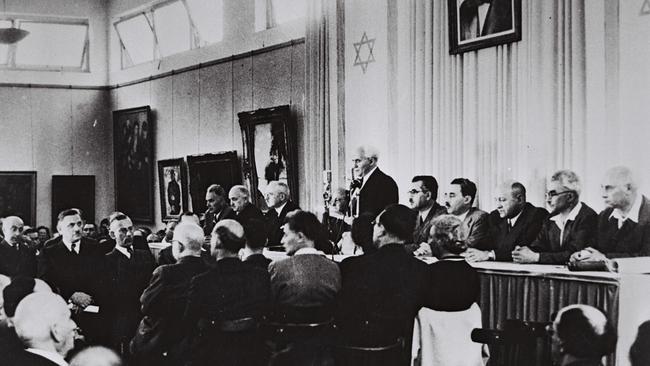
1967: Six-Day War
In June 1967, Israel crushes its Arab neighbours in the Six-Day War, seizing the West Bank including east Jerusalem from Jordan, the Golan Heights from Syria, and the Gaza Strip and Sinai Peninsula from Egypt.
On day one, Israel stages an air assault that destroys more than 90 per cent of Egypt’s air force on the tarmac.
It goes on to occupy 70,000 square kilometres of Palestinian territory, which it begins to settle.
The United Nations declares the occupation of Palestinian territory illegal.
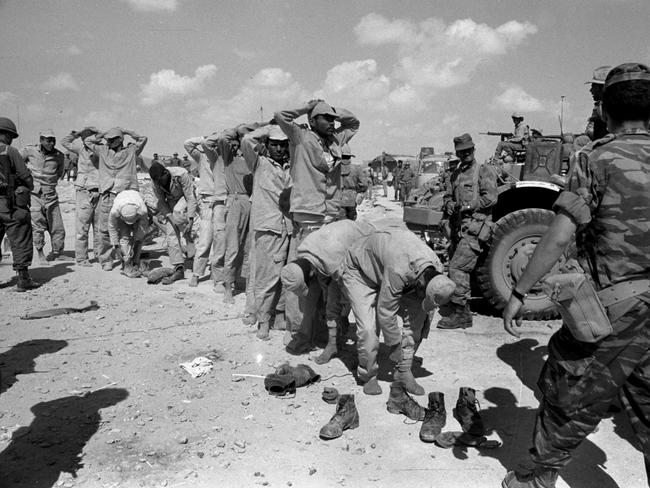
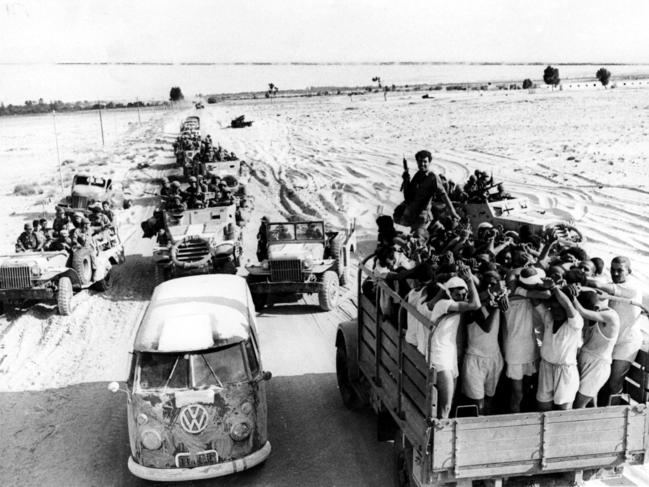
1973: Yom Kippur War
On 6 October, 1973, Egypt and Syria launch a surprise attack on Israel on the Jewish fast of Yom Kippur to try to win back their lost territories, but are repulsed.
1979: Peace with Egypt
The September 1978 US-brokered Camp David Accords between Israel and Egypt lead the following year to the first peace treaty between Israel and an Arab neighbour.
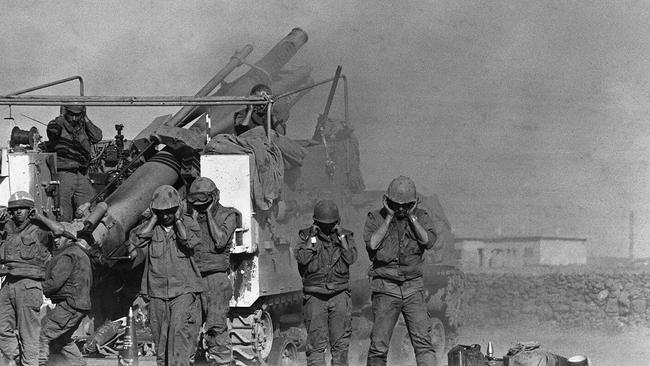
1982: Israel invades Lebanon
Israel invades Lebanon in June 1982, in the middle of the country’s civil war, to rout Palestinian militants based there.
In September that year, Israeli-backed Lebanese Christian militia massacre hundreds of Palestinians living in the Sabra and Shatila refugee camps in Beirut.
Israeli troops remain in southern Lebanon until 2000.
In 2006, after the Lebanese Shiite militant group Hezbollah abducts an Israeli soldier, Israel launches a devastating month-long offensive in Lebanon.

1993: Oslo Accords
In 1993, Israel and the Palestine Liberation Organisation (PLO) sign a peace agreement after secret negotiations in Oslo.
The deal, which calls for a phased Israeli withdrawal from the occupied territories, comes six years after the start of the first intifada, or Palestinian uprising, against Israeli rule.
Israeli prime minister Yitzhak Rabin and exiled PLO leader Yasser Arafat make history by shaking hands at the White House after the signing of the accords.
Arafat returns to the Palestinian territories in July 1994 after 27 years in exile.

1995: Rabin assassinated
Rabin in 1994 shares the Nobel Peace Prize with Foreign Minister Shimon Peres and Arafat for their peace efforts.
The following year Rabin is assassinated in Tel Aviv by a Jewish right-wing extremist opposed to the Oslo Accords.
2002-2005: Second intifada
In September 2000, right-wing Israeli opposition leader Ariel Sharon visits annexed east Jerusalem’s Al-Aqsa mosque compound, the third-holiest site in Islam known as Temple Mount to Jews, who revere it as their most sacred site.
His visit, seen by Palestinians as a provocation, is the spark for a second intifada.
Following a wave of suicide bombings, Israel launches in 2002 its largest military operation in the West Bank since the 1967 war.
2005: Gaza pullout
The last Israeli forces leave Gaza after a 38-year occupation in September 2005, but soon afterwards impose a stifling land, air and sea blockade on the territory.
Tensions rise after the radical Islamist movement Hamas takes control of Gaza in 2006 after winning elections.
Israel fights four wars with Hamas in 2008, 2012, 2014 and 2021, launching devastating air strikes on Gaza after coming under rocket fire from the territory.
Over 1,400 Palestinian civilians are killed in the 2014 offensive alone, as well as six Israeli civilians, according to UN figures.
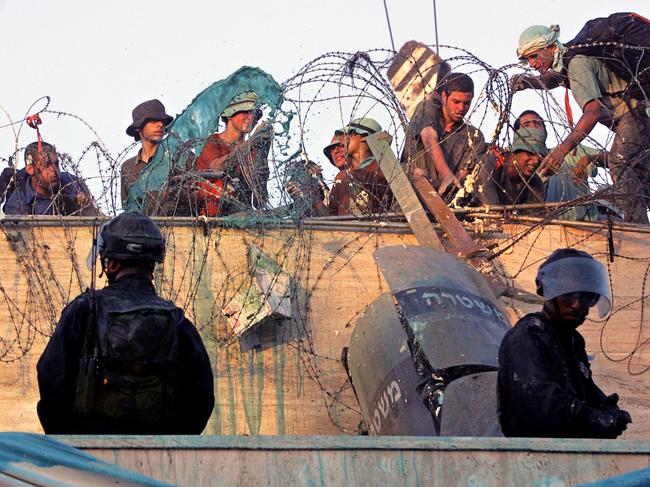
2009: Netanyahu in power
The head of the right-wing party Likud, Benjamin Netanyahu, returns to power in March 2009, a decade after his first stint as premier.
He goes on to enjoy a record-breaking run as Israel’s leader. During his tenure, relentless settlement expansion leaves the prospect of a separate Palestinian state hanging by a thread.
After a brief spell in the political desert in 2021-2022, the Israeli leader, who faces charges of corruption, returns in December 2022 at the head of the country’s most right-wing government ever.
In 2023, his government unveils controversial judicial reforms that spark months of mass protests, with demonstrators accusing Netanyahu of undermining Israel’s democracy.



